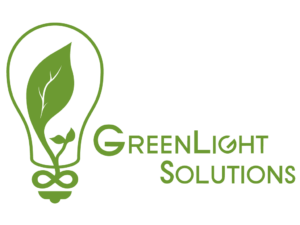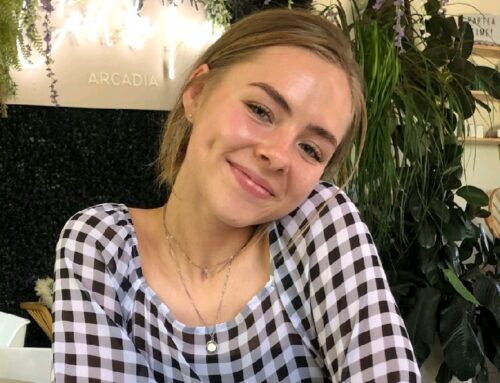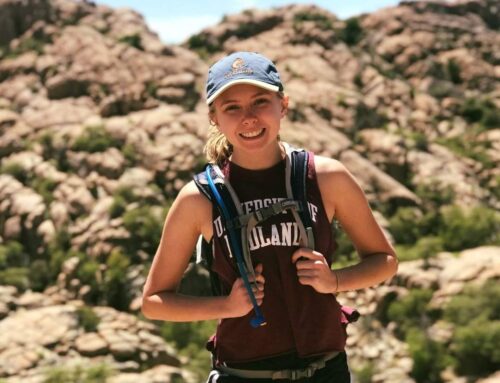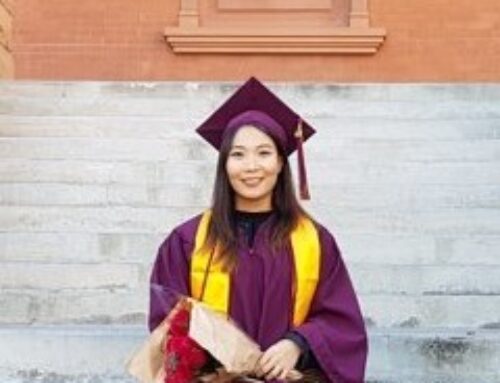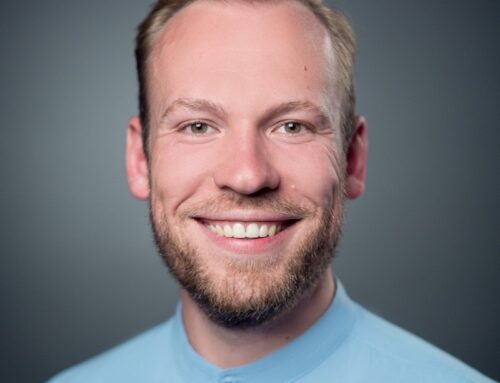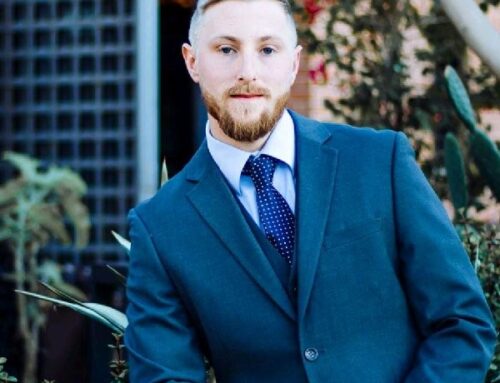College is an exciting time filled with seemingly limitless possibility. It’s a chance to take challenging courses, join clubs, volunteer, work in a lab, or even start a business. In the face of the staggering number of opportunities, the question ultimately arises, how should I spend this time.
It’s a question that plagues every undergraduate. For me, it was a question of examining my values. I wanted to learn, yes, but I also wanted to do. I wanted practical experience working on things that matter. It all comes back to something my influential high school teacher told me. “It’s great to learn and do well in your classes,” He said, “but if all you do with that knowledge is tell other people what needs to be done, and you don’t actually do anything to make that change, then you’re not smart. You’re a smart ass.” I didn’t want to be a smart ass. That’s why I first joined GreenLight Solutions.
A couple semesters and some project work later, a new opportunity opened. The Project Lead for GreenLight’s Build us H.O.P.E. project was graduating. Build us H.O.P.E. was the coolest project GreenLight ran at the time. I wasn’t sure if I was ready, but the organization needed me.
So, I accepted what was initially a co-lead position with Ben Strouse. It was a lot to take in at first. There were people on the team who had been working on the project for eight months already, and I was younger than most of them. My sense of being out of depth was doubled when I first met Elizabeth Singleton. Liz is a successful consultant, extremely knowledgeable about construction and affordable housing policy, and was aimed at fixing the affordable housing system.
I was impressed by the scope of her mission, but also intimidated. I was afraid to admit that I did not know what I was doing, but I did it anyway. I was very candid about my ignorance. Every meeting, I would ask very basic questions to clarify the goals for our project. This not only got me up to speed, it also added structure to our meetings.
Build us H.O.P.E. was still in its infancy at this point. Liz was going back and forth with city officials trying to get approval for her first development project: a community for homeless veterans. Our role at this point was to research the best building materials for the homes.
We wanted to advise them on how to build eco-friendly, affordable housing. There are a lot of variables to optimize in that problem statement. There’s water usage, energy efficiency, and release of VOCs (a class of carcinogenic chemicals commonly found in the home). We also looked at the total lifecycle of each product, the environmental impacts of their creation and at the end of the product’s life.This project would not only lay the baseline for future partnerships, it also was a great crash course in green building.
Over the next few semesters, we took part in a wide variety of activities supporting the mission to end homelessness. We helped organize fundraisers, publicity events, and community builds. I also got the opportunity to talk to Liz more about what drives her.
She sees America as entering an age of uncertainty at a time when it is least resilient. Automation is taking more jobs while mental illness and drug addiction are on the rise. At the same time, the best defense against all of these issues is wearing down. The social fabric. People do not talk to their neighbors anymore. They are not engaged with the needs of their community. In past eras, when people came on hard times, they had neighbors they could turn to. Now, there is no one, just faceless institutions and a few members of our close family. That is why Liz advocates for tiny homes. It’s not that they are cheaper, or have less impact on the environment. It’s that you are building an intentional community with shared spaces where people can spend time and get to know one another. It’s about resilience, that is what Build us H.O.P.E. is all about – the resilience of individuals and communities.
Two years later, after building 5 sustainable tiny houses, that’s just what we’ve done.
Even working on this project, we have been able to uplift each other, and Solutioneers from our project team have gone on to do some great work beyond GreenLight. Ben Strouse got a summer job working in a key supplier’s factory, learning how they manufacture. Mackenzie McGuffie made a film about tiny homes with famed documentarian, Peter Byck. Manasa Rao got a job in Phoenix’s urban planning department.
As for me, I stayed with Build us H.O.P.E. I volunteered, I interned, and I was hired! Today, we are working to break down the two biggest barriers to tiny home communities: inefficient scaling and restrictive zoning laws. We have opened a warehouse to efficiently build. And, we are working with the state legislature to establish new regulations for all of Arizona. Looking back on this journey, I have been humbled, I have learned, and I understand the hard work it takes to create measurable change in the world. I have met amazing, inspiring people. Recalling what my influential high school teacher told me, I have learned how not to be a smart ass, and I wouldn’t have it any other way.
Connect with Sage Hanson on LinkedIn
Thank you for reading our blog! Leave a comment & share on social media.
➡ Get involved: Businesses | Students | Professionals | Colleges | Volunteer
➡ Support our sustainability initiatives: Donate Now | Give Monthly | Sponsor
➡ Follow us on social media: Facebook | LinkedIn | Instagram | Twitter
